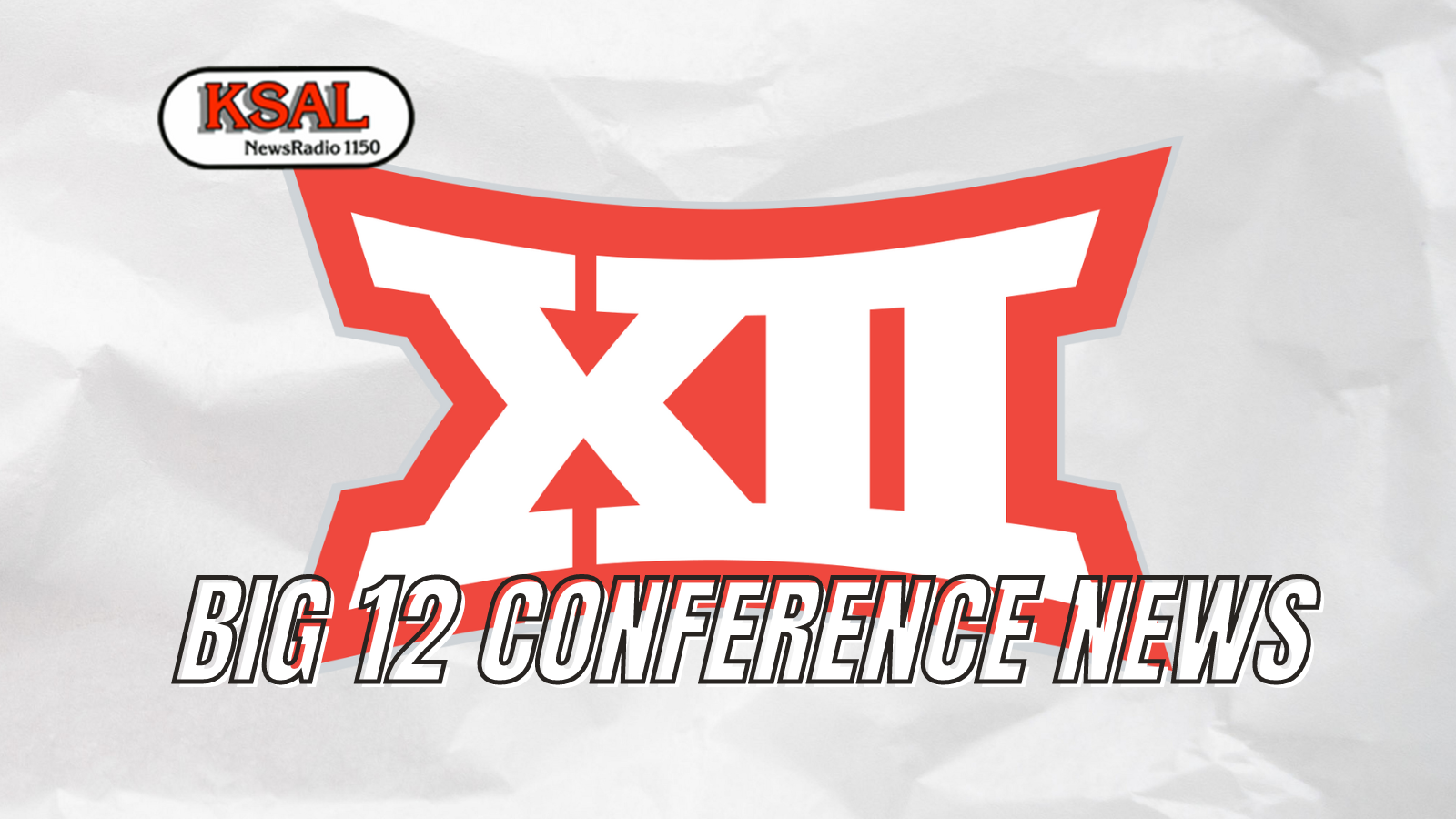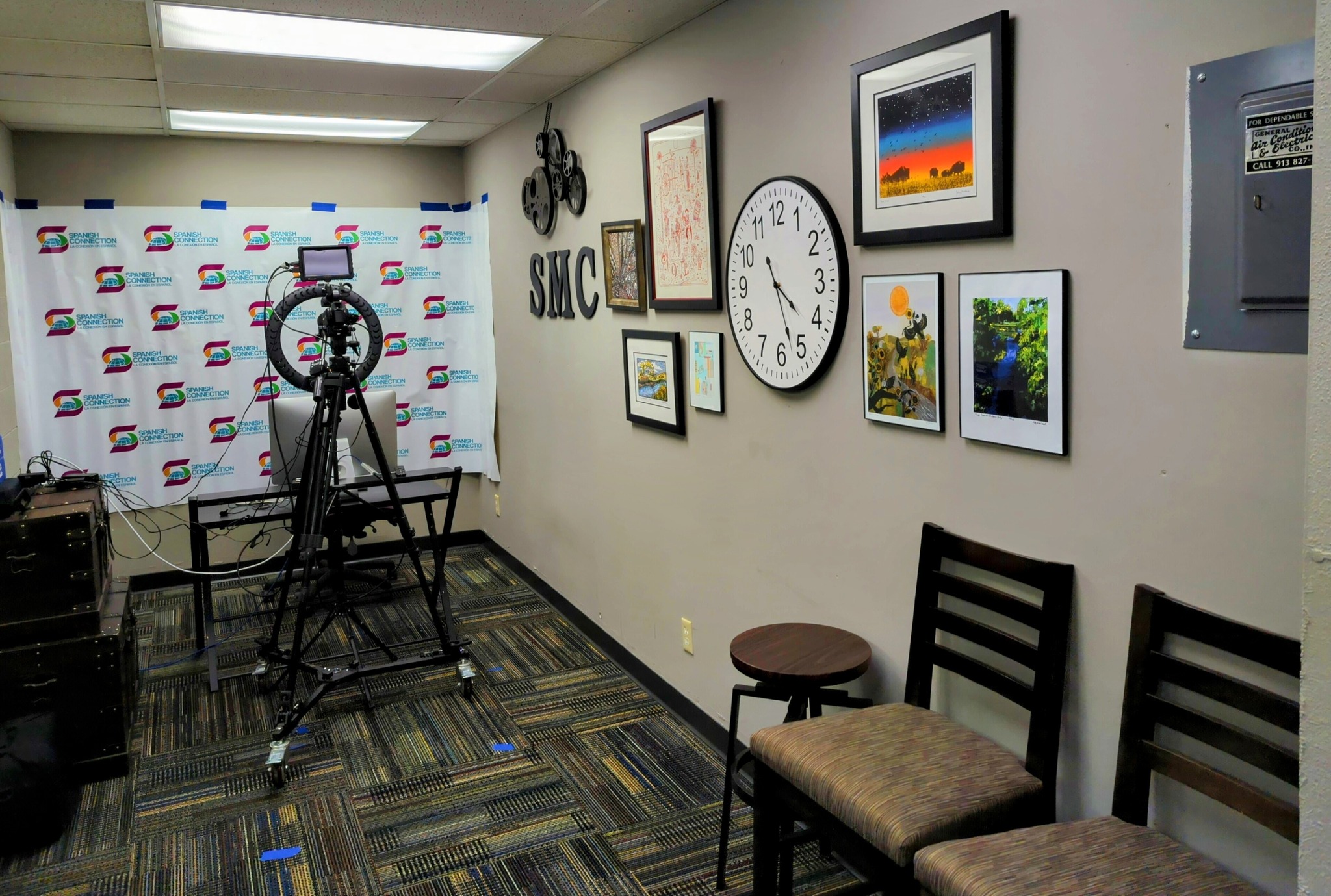In the wake of Oklahoma’s 5-point-8 magnitude earthquake earlier this month, Kansas State University researchers are calling for a 3-D geological mapping study to examine the subsurface of the state. They’d also like Oklahoma and Kansas to fund research efforts to better understand the seismicity for the entire region.
The tremor, Oklahoma’s strongest earthquake on record, was also felt in Kansas, Missouri, Arkansas, Texas, Iowa and Illinois. Kansas State University associate professor of geology, Abdelmoneam Raef , says Oklahoma and Kansas have been experiencing a surge in seismic activity.
“That surge over the last 10 years – almost 10 times the frequency that we are used to. There are faults, so seismicity is not unexpected in the area, but such magnitude possibly does not happen often,” he said.
A 3-D geological mapping study could shed light on the increased seismic hazard of the region and add to the understanding and mapping of the structural trends, ancient faults, and seismic site response. Raef says the goal is to accurately assess the problem and work toward solutions that limit the risk for those living in the region.
“We don’t want the public to ignore it, but also we don’t want to amplify and exaggerate the problem. So we want just the hard facts…so establish the hard facts so that the public is assured and industry is allowed to work in a reasonable framework,” he said.
According to Raef, the geology department is already looking for national and international funding to do more research in this region.
“It will take data and it will take dedication to really untangle different factors. But we are optimistic that in three, four years we’ll have really established answers for those questions,” he said.
Raef says we’re not playing with fire yet, but we need to develop techniques and ways of managing or mitigating the risk of causing quakes with industrial activities.
The U.S. Geological Survey also recorded a small earthquake this month in north central Kansas, centered 4-point-3 miles north of Ellis – causing weak to light shaking.
—
Story from Kansas State University


